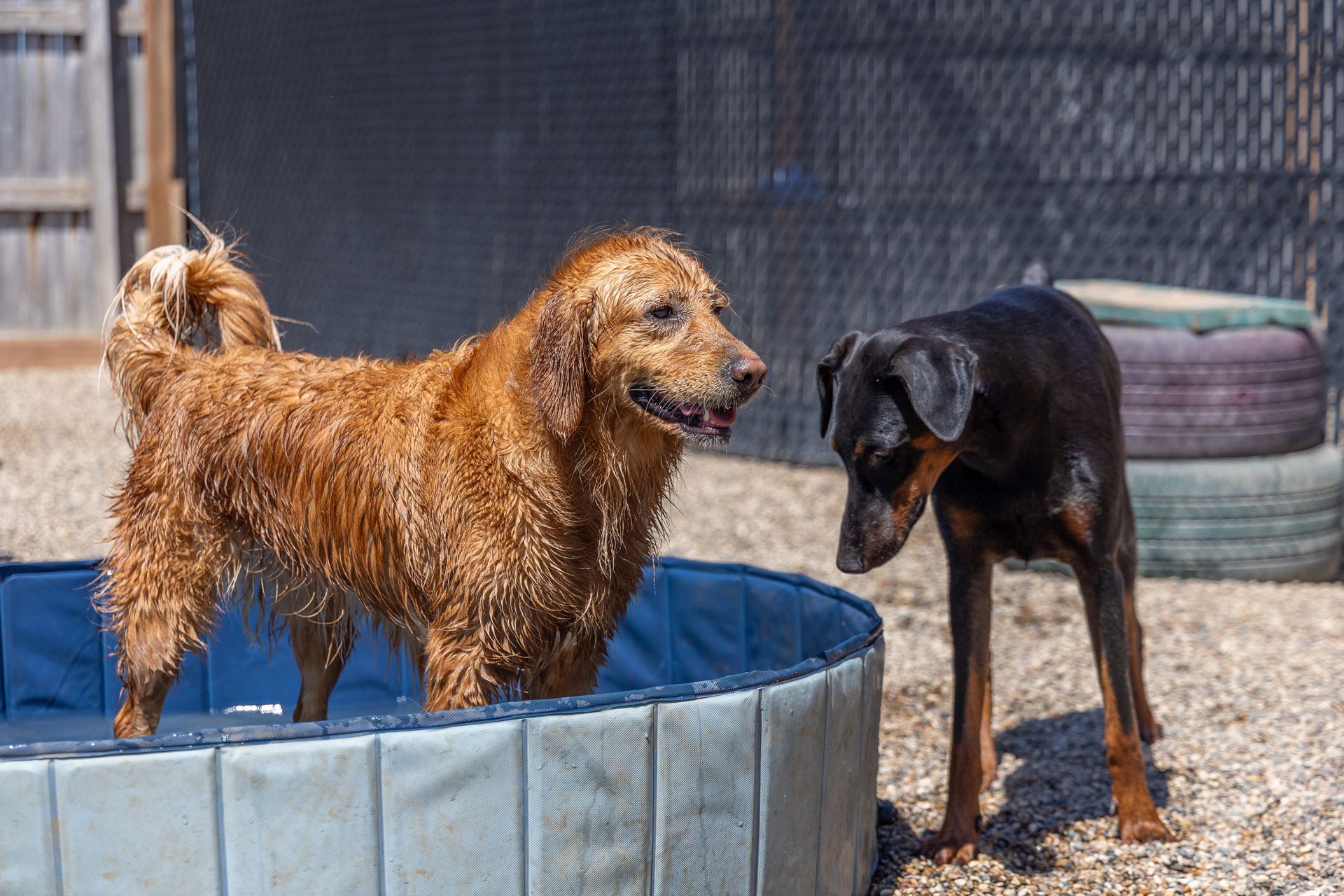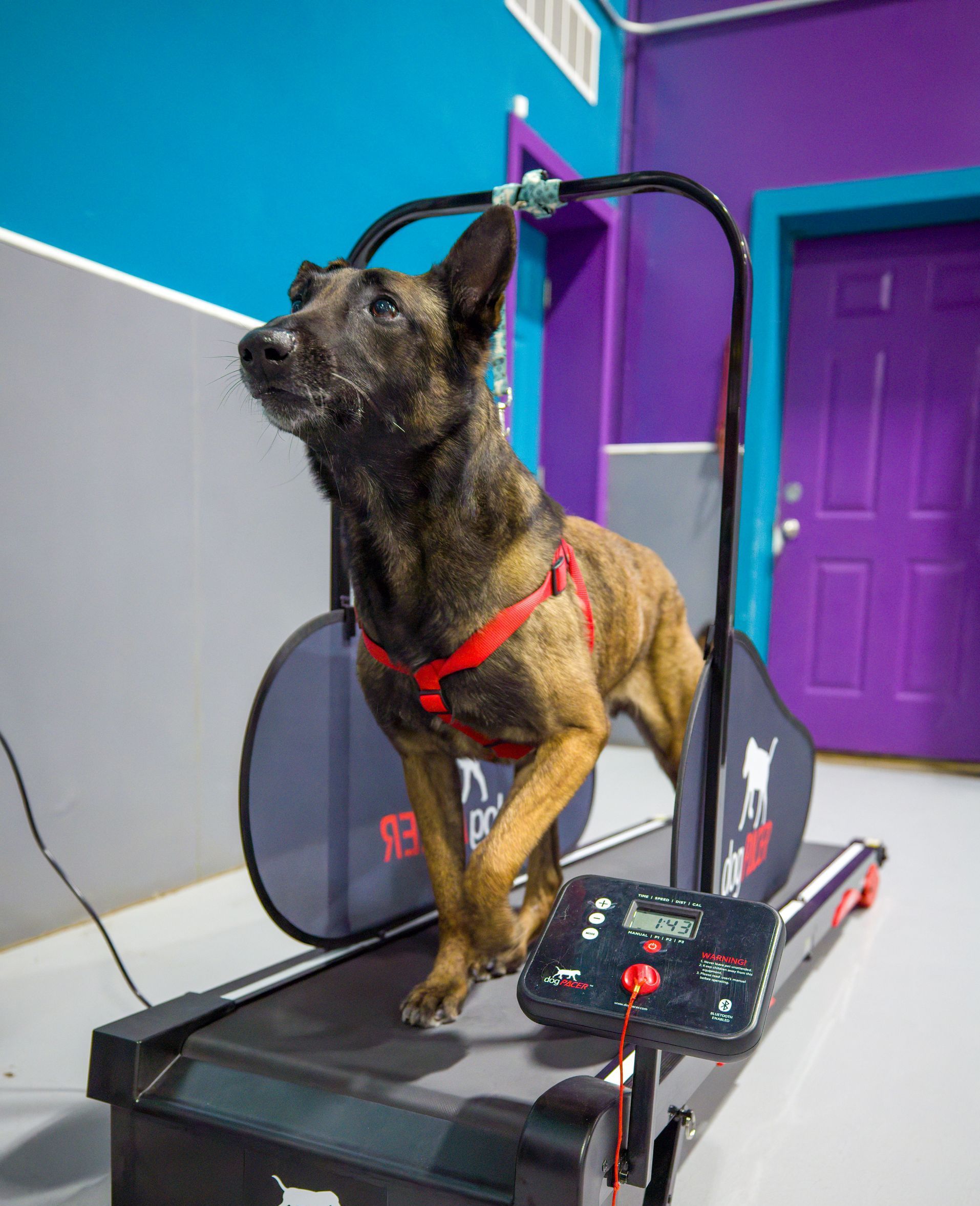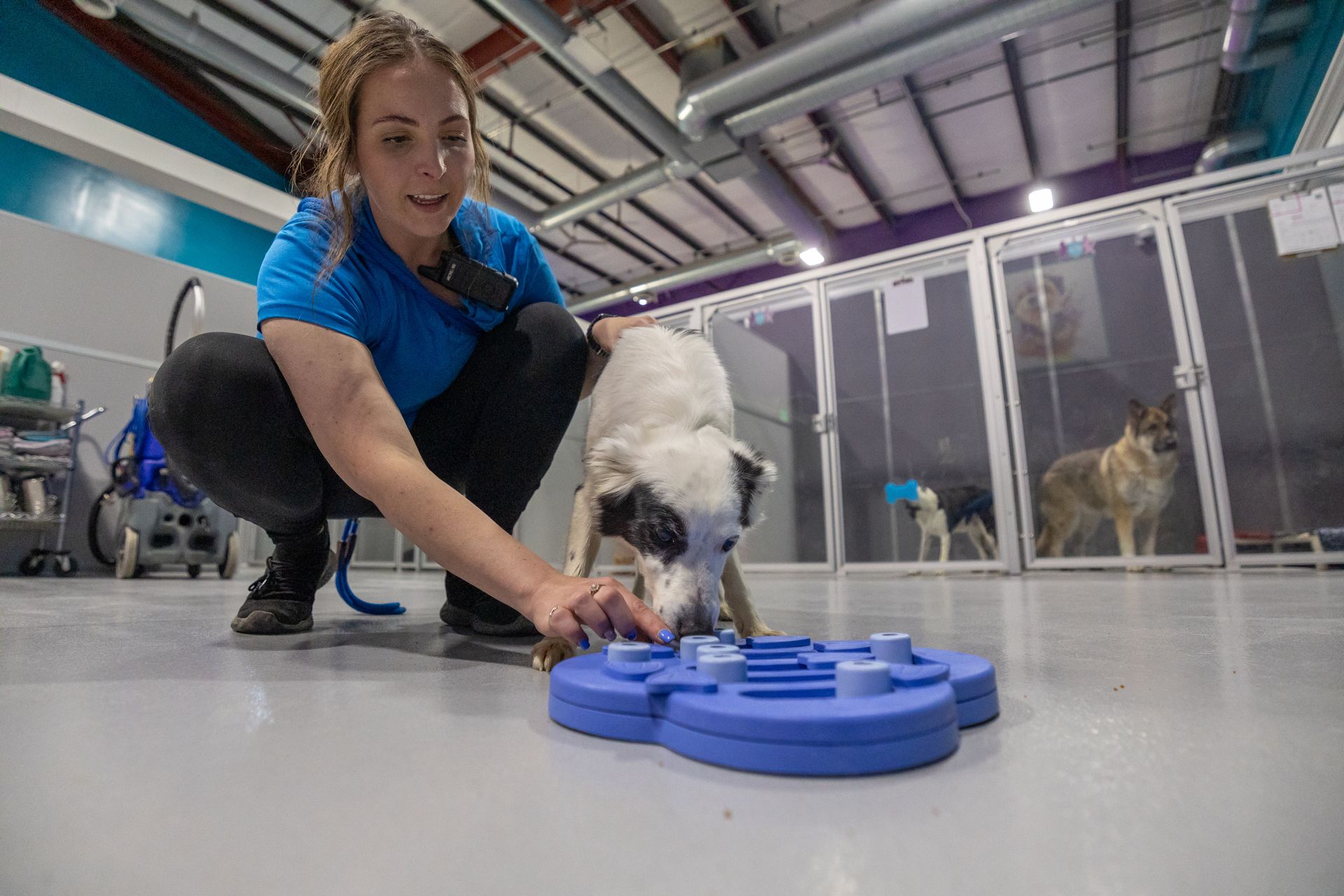Winter Safety for Dogs: Keeping Your Pup Safe in the Cold
Winter Safety for Dogs: Keeping Your Pup Safe in the Cold
Winter can be a magical season, but it also brings unique challenges for our furry friends. Cold temperatures, icy sidewalks, and harsh chemicals can pose dangers to dogs if the proper precautions aren't taken. As responsible pet owners, it's important to be aware of these risks and take proactive steps to ensure our pets stay safe and comfortable throughout the season. Here’s a guide to winter safety for dogs, including tips on pet-safe salt, protecting paws, and more.
1. Use Pet-Safe Ice Melt
One of the biggest winter hazards for dogs is exposure to traditional ice melt products. Many standard de-icers contain chemicals like sodium chloride or calcium chloride, which can be toxic if ingested and cause irritation to paws. Pet-safe ice melt is a great alternative as it is formulated to be non-toxic and less harmful to paws and stomachs. When purchasing de-icers, look for labels that specifically mention pet safety. Additionally, wipe your dog’s paws after walks to remove any lingering salt or chemicals.
2. Protect Your Dog’s Paws from Ice and Cracks
Cold weather and rough terrain can lead to cracked and irritated paws. Snow, ice, and salt can be abrasive and cause discomfort for your pup. Here’s how you can protect their paws:
- Apply paw balm: Using a paw protectant or balm before heading outside can create a barrier against the elements.
- Use dog booties: If your dog tolerates them, booties provide excellent protection from ice, salt, and cold surfaces.
- Trim fur between paw pads: Ice and snow can clump onto fur, causing discomfort. Keeping the fur short helps reduce this issue.
- Rinse paws after walks: This helps remove any chemicals and prevents irritation.
3. Limit Time Outdoors in Extreme Cold
Dogs can suffer from frostbite and hypothermia just like humans. While some breeds are better suited for cold weather, others may struggle in frigid temperatures. Keep an eye on your dog's behavior—shivering, whining, lifting paws, or looking for shelter are signs that they need to go inside. If it's too cold for you, it's likely too cold for them.
4. Dress for the Weather
Short-haired and small dogs may benefit from wearing a dog coat or sweater to help keep them warm. Ensure that the clothing fits properly and does not restrict movement. If your dog gets wet while outside, dry them off promptly to prevent chills.
5. Provide a Warm Sleeping Area
If your dog spends time outside, make sure they have a warm, dry shelter that protects them from wind, rain, and snow. For indoor dogs, provide cozy bedding away from drafts or cold tile floors. Heated pet beds can also be a great way to keep them comfortable.
6. Keep an Eye on Antifreeze Spills
Antifreeze is highly toxic to dogs but has a sweet taste that may tempt them to lick it up. Even a small amount can be deadly. Always clean up spills immediately and store antifreeze out of reach. If you suspect your dog has ingested antifreeze, seek emergency veterinary care right away.
7. Maintain Hydration and Nutrition
Cold weather can increase calorie needs, especially for active dogs. Ensure they’re eating a nutritious diet and always have access to fresh, unfrozen water. Dehydration can still occur in winter, so check water bowls frequently.
8. Be Cautious Around Frozen Water Bodies
Lakes, ponds, and rivers may freeze over in winter, but ice can be unpredictable. Dogs may run onto thin ice and fall through, putting them at serious risk of drowning or hypothermia. Always keep your dog on a leash near frozen water and avoid letting them roam freely in these areas.
9. Watch Out for Signs of Cold-Weather Illness
Signs of hypothermia in dogs include shivering, lethargy, weak pulse, and difficulty walking. Frostbite can cause pale or blue-tinged skin, particularly on the ears, tail, and paws. If you notice these symptoms, bring your dog inside, wrap them in warm blankets, and contact your vet immediately.
Keep Your Pup Safe This Winter
Winter can be a wonderful time to enjoy the outdoors with your dog, but safety should always come first. By using pet-safe ice melt, protecting their paws, limiting exposure to extreme cold, and being mindful of hidden dangers, you can ensure your furry friend stays happy and healthy all season long.






